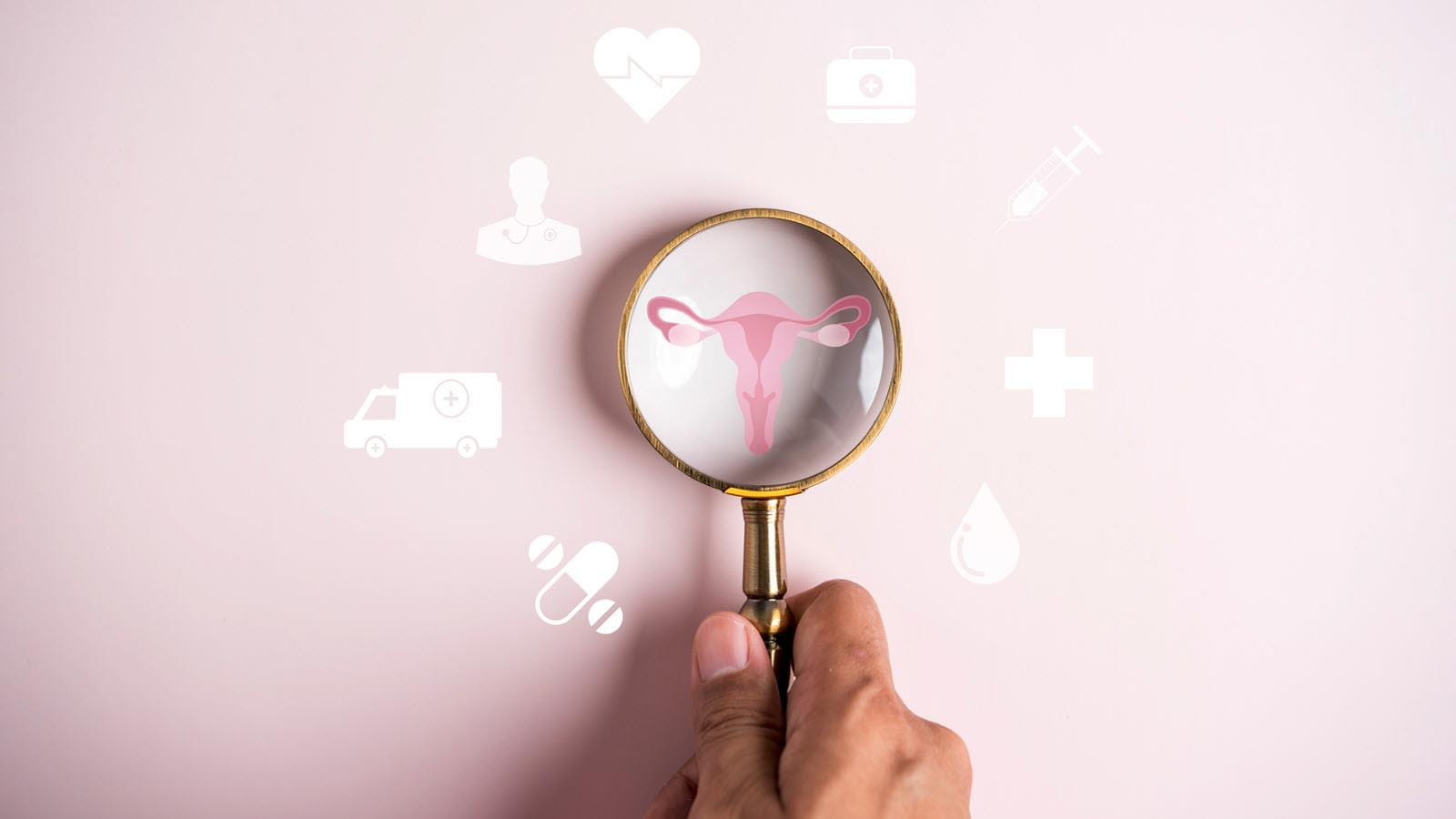Obstetrician-gynecologists are key to the early detection of von Willebrand Disease, a bleeding disorder that affects around 1% of women and contributes to heavy menstrual bleeding, according to a journal article by a Penn State Health gynecologist and hematologist.
In their commentary, Dr. Tonya Wright and Dr. Peter Cygan emphasize that with increased knowledge and the use of evidence-based screening tools, OB-GYNs can improve the diagnosis and treatment of VWD and other bleeding disorders.
The Role of Obstetricians and Gynecologists in Diagnosing Von Willebrand Disease
Gynecologists are already essential in the detection of bleeding disorders. A CDC survey found that nearly one-fifth of women with VWD received their diagnosis from an obstetrician-gynecologist, often for symptoms of heavy menstruation or excessive bleeding during pregnancy or childbirth.
That same survey also demonstrated how women with VWD face longer diagnostic delays than male patients, noting that "76% of men with VWD had been diagnosed by age 10, but 50% of women with VWD were not diagnosed until after age 12."
To improve how OB-GYNs identify patients who may require further testing, Wright and Cygan recommend that more practitioners utilize validated screening tools. They explain how the "Menorrhagia Specific Screening Tool, based on described menstrual bleeding and family and surgical history, can aid in recognizing and diagnosing bleeding disorders, yet it remains underused in the clinical setting." These screening tools help practitioners effectively determine which patients can benefit from more specific testing.
The Penn State Health doctors also discuss the importance of teamwork among OB-GYNs and other specialists in closing the diagnostic gap. Obstetrician-gynecologists "must be prepared to work collaboratively with hematologists to provide interventions directed toward improving quality of life and decreasing rates of complications due to reproductive tract bleeding," they wrote.
Diagnosing Heavy Menstrual Bleeding
Wright and Cygan note that the American College of Obstetricians and Gynecologists has recommended screening patients with symptoms of heavy menstruation for VWD and other bleeding disorders for over two decades.
Nevertheless, gaps in both screening and awareness continue to extend diagnostic delays for women and girls with bleeding disorders.
"Gynecologists have a tremendous opportunity to improve the lives of so many individuals by closing this diagnostic gap and offering screening to those who need it," they wrote.
Symptoms of von Willebrand Disease
According to the CDC, major symptoms of VWD include frequent nosebleeds, bruising, and abnormal bleeding after minor injuries or dental work. Von Willebrand Disease can lead to heavier periods as well as increased blood loss during labor and delivery. Some people with VWD also develop anemia, joint pain and internal bleeding.
"Missing the opportunity for a bleeding disorder diagnosis early in life can have serious consequences — undue medical procedures and complications, excessive bleeding during procedures and at childbirth, not to mention the effect of excessive menstruation on emotional distress and quality of life, as well as adverse social consequences," according to the journal article.
The Impacts of Heavy Menstrual Bleeding
Menorrhagia is a prevalent condition, with about one-third of women seeking medical care for heavy menstrual bleeding at some point, according to ACOG. The organization notes how diagnostic delays and social stigmas around menstruation can negatively impact individuals with heavy menstrual bleeding.
Similarly, a 2022 study conducted by two pediatricians and a researcher from the University of Texas Southwestern Medical Center found that heavy menstruation results in anxiety, social isolation and feelings of embarrassment among some adolescent girls with bleeding disorders. Diagnostic delays can compound those difficulties.
Menorrhagia can be a sign of various medical conditions, explains ACOG, including uterine fibroids and polycystic ovary syndrome. It can also be associated with iron deficiency with or without anemia. The authors state that VWD is the most common bleeding disorder among women. Heavy menstrual bleeding has many different potential causes, including hemophilia and Ehlers-Danlos Syndrome, according to Wright and Cygan.
“Given the prevalence of VWD, EDS, and hemophilia-carrier status, gynecologists should expect to encounter patients affected by these conditions in our practices on a frequent basis."



